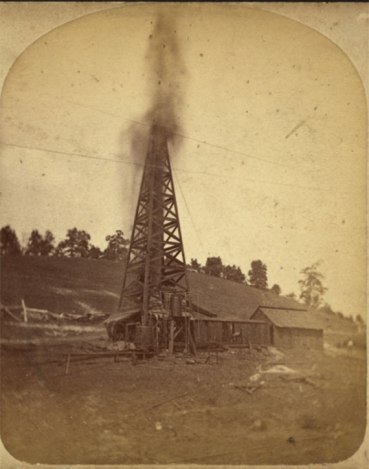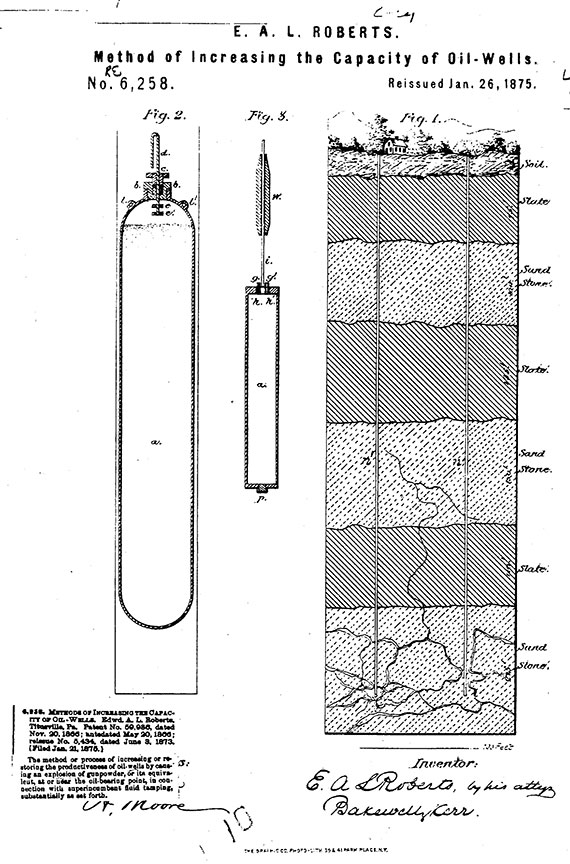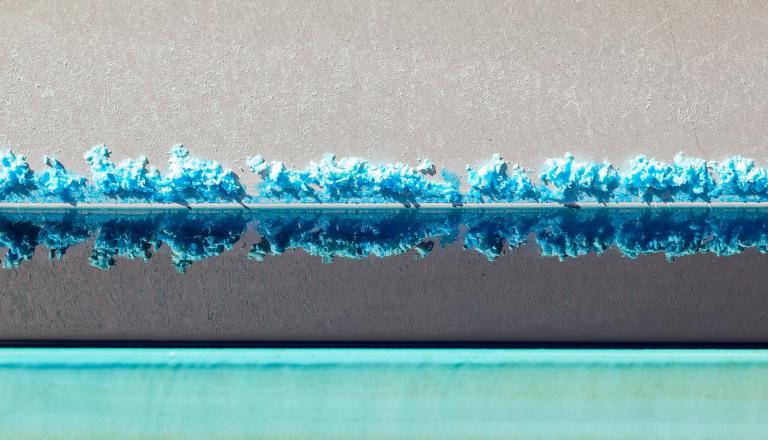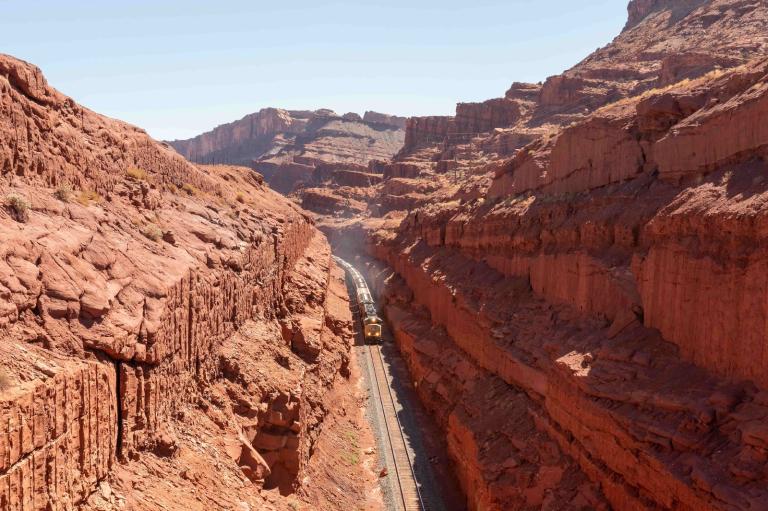
Before the fracked gas boom of the last 10 years, before the rise of mega oil companies, before the entire 20th century, actually, humans figured out how to increase the flow of fossil fuels from a well. It was simple: Take an iron container about the size of a large thermos, stick some black powder or other explosives into it, stick a blasting cap on it, send it down the well, and then send a weight down to detonate it. BOOM. They called this, “Shooting the well!” And I believe the “!” is required, as in Yahoo!
The process was first commercialized by Colonel E.A.L. Roberts in 1865, a veteran of the Civil War, and he soon formed the The Roberts Petroleum Torpedo Company. But his success spawned a host of imitators, and the whole thing devolved into a patent brawl out there in eastern Pennsylvania near Titusville in the region that was once known as Petrolia. (I told this story in my book on the history of green technology because … well, I think because who can resist petroleum torpedoes?)

Reports in the paper of record, The Titusville Morning Herald, regularly discussed the wonders of the torpedoes as in this snippet from July 2, 1866:
A gentleman who has just called on us from Tarr farm, tells us that an experiment was made on the 21st, with one of Roberts’ Torpedoes in the ‘Bakery Well’ which has formerly pumped from 7 to 8 barrels per day. The production has continually increased. On the 27th it produced 60 barrels and yesterday the production was 100 barrels. We wonder how the owners feel at the great difference in their balance sheet! To increase a production 1200 per cent in a week is no small gain. The ‘Hayes well’, Petroleum Centre, was ‘fired Off’ last Saturday the 13th, and it has greatly improved. The exact figures we have not got. The Roberts’ Torpedo must scatter the paraffines or break things generally.
Break things generally, indeed. The science doesn’t seem too complex. Break apart the rocks underground and it’s easier for the petroleum to flow through the seams.
What’s amazing is that the process, which is a distant ancestor of today’s hydraulic fracturing techniques, was created just a few years after the first American oil wells of the 1850s. That is to say: Almost immediately after we started drilling wells, we started fracturing the rocks underground to increase the flow of fossil fuels.
Petrolia, for its part, was the first boom-and-bust oil region. It made fortunes, then dried up, and cost them. Now, it’s sitting on the Marcellus Shale, one of the leading geological formations for fracked gas.
 This story first appeared on The Atlantic as part of the Climate Desk collaboration.
This story first appeared on The Atlantic as part of the Climate Desk collaboration.



